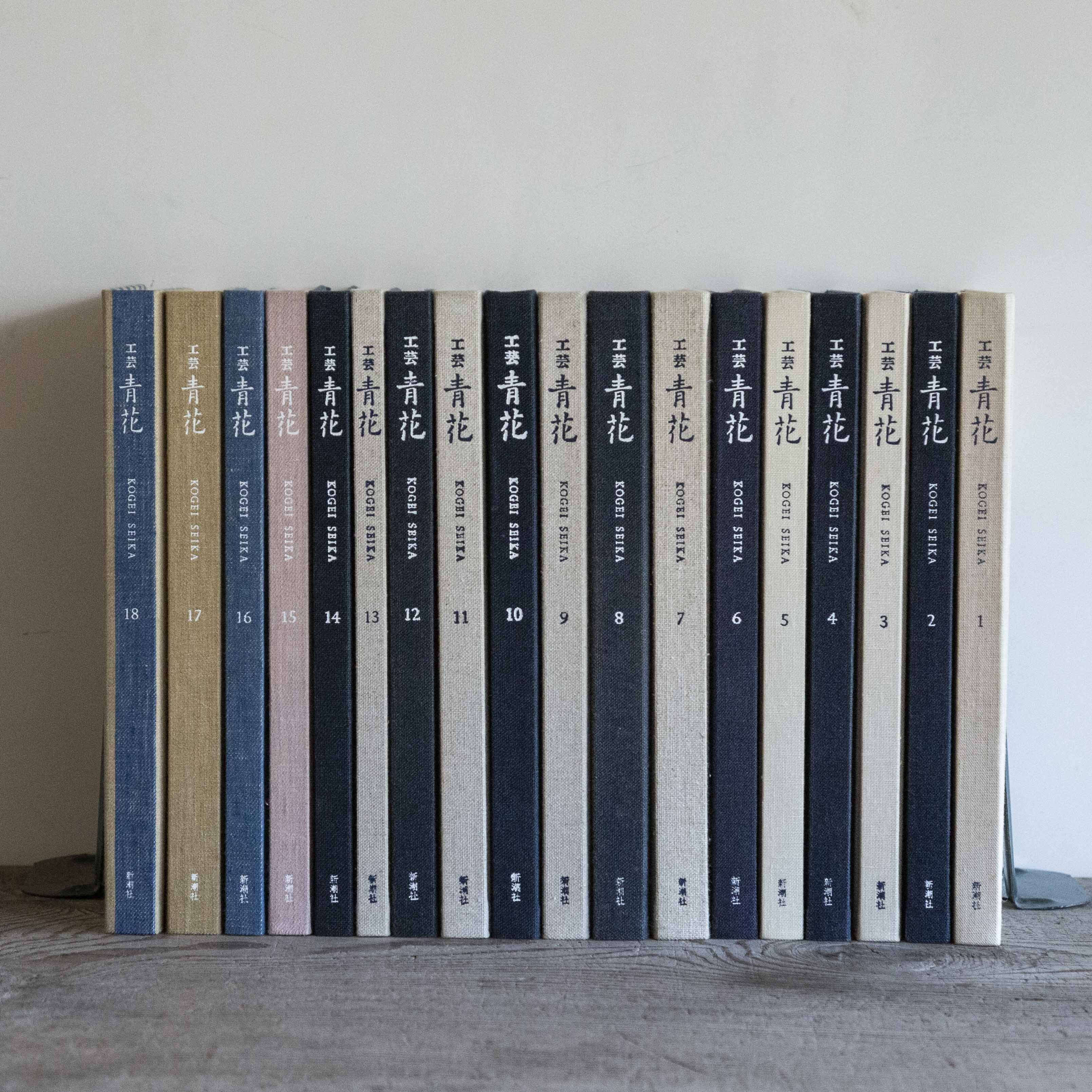
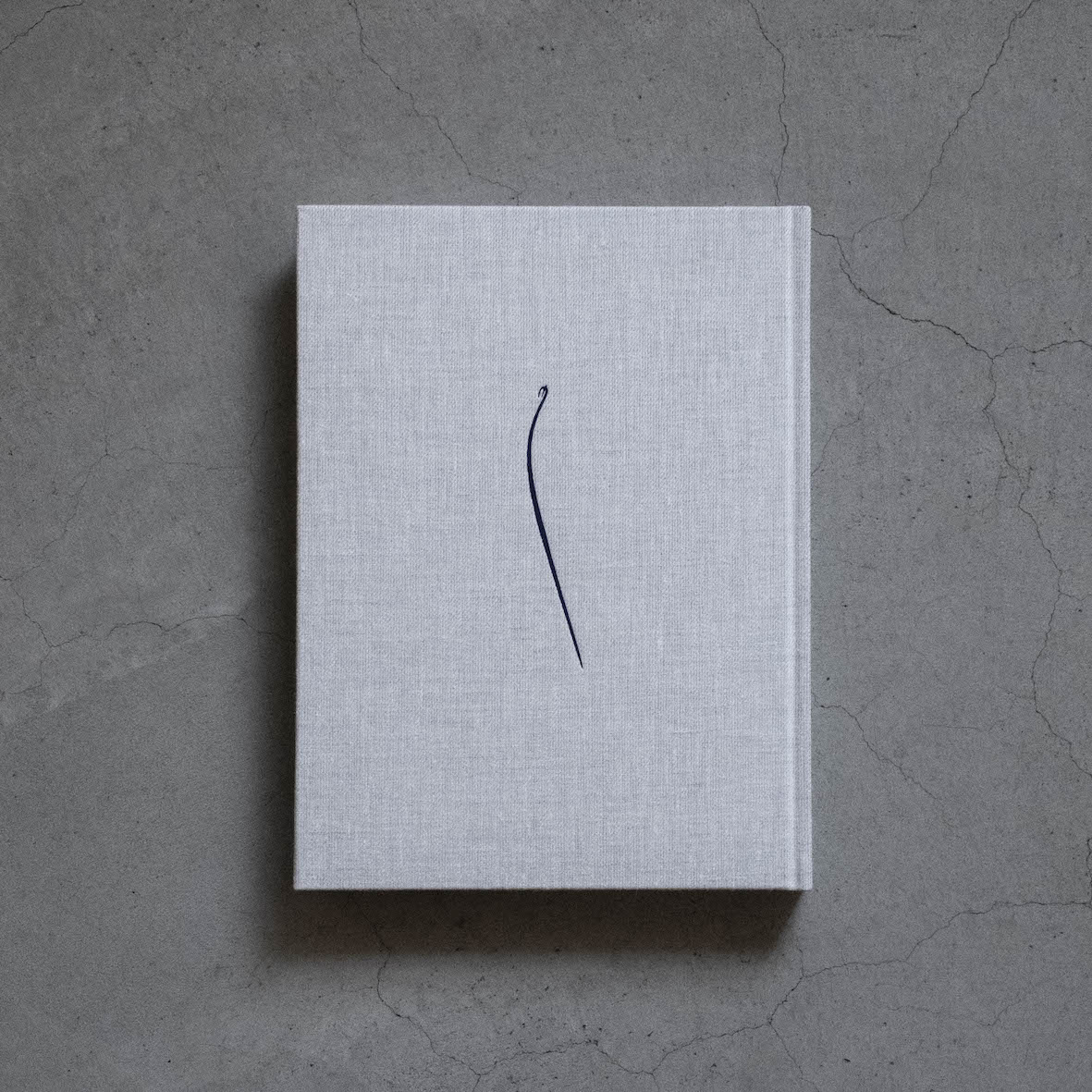
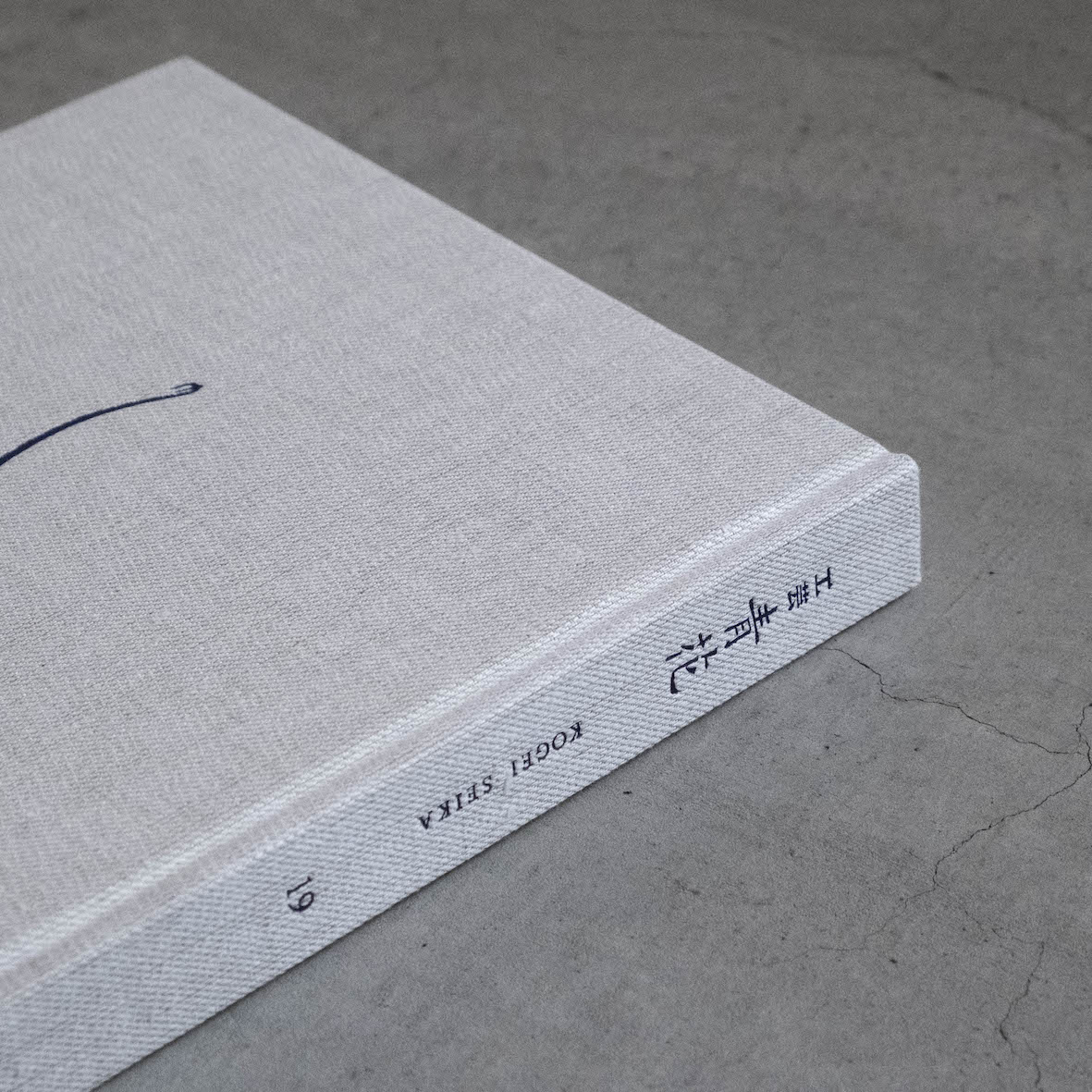
『工芸青花』19号
■2023年12月15日刊
■A4判|45R製麻布張り上製本|見返し手漉和紙(小川和紙)
■カラー256頁|望月通陽の型染絵を貼付したページあり
■限定1200部|20,000円+税
御購入はこちらから
https://store.kogei-seika.jp/products/kogeiseika-19
Kogei Seika vol.19
■Published in 2023 by Shinchosha, Tokyo
■A4 in size, linen cloth coverd book with endpaper made of Japanese paper
■256 Colour Plates, Frontispiece with a stencil dyed art work by Michiaki Mochizuki
■Each chapter is accompanied by an English summary
■Limited edition of 1200
■20,000 yen (excluding tax)
To purchase please click
https://store.kogei-seika.jp/products/kogeiseika-19
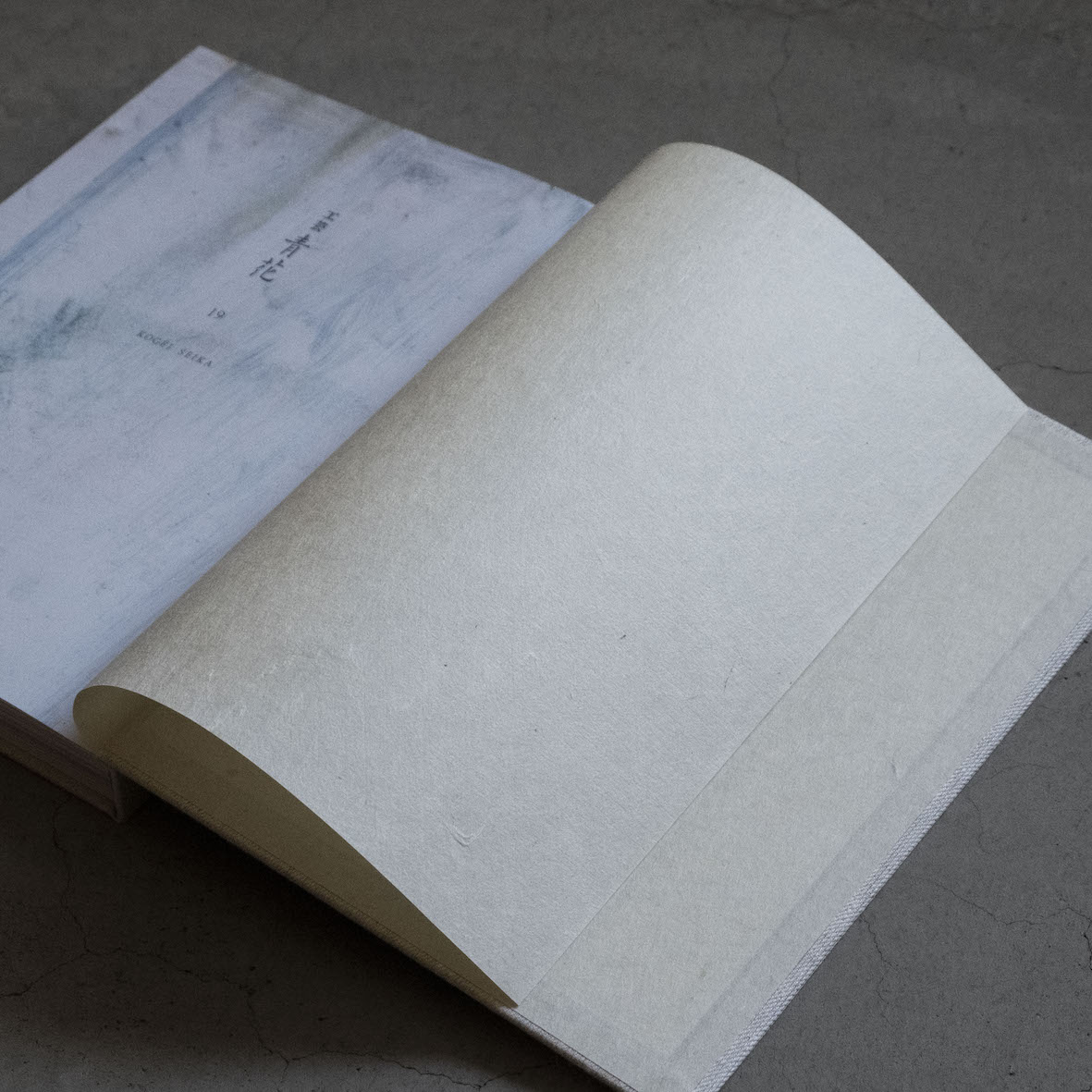
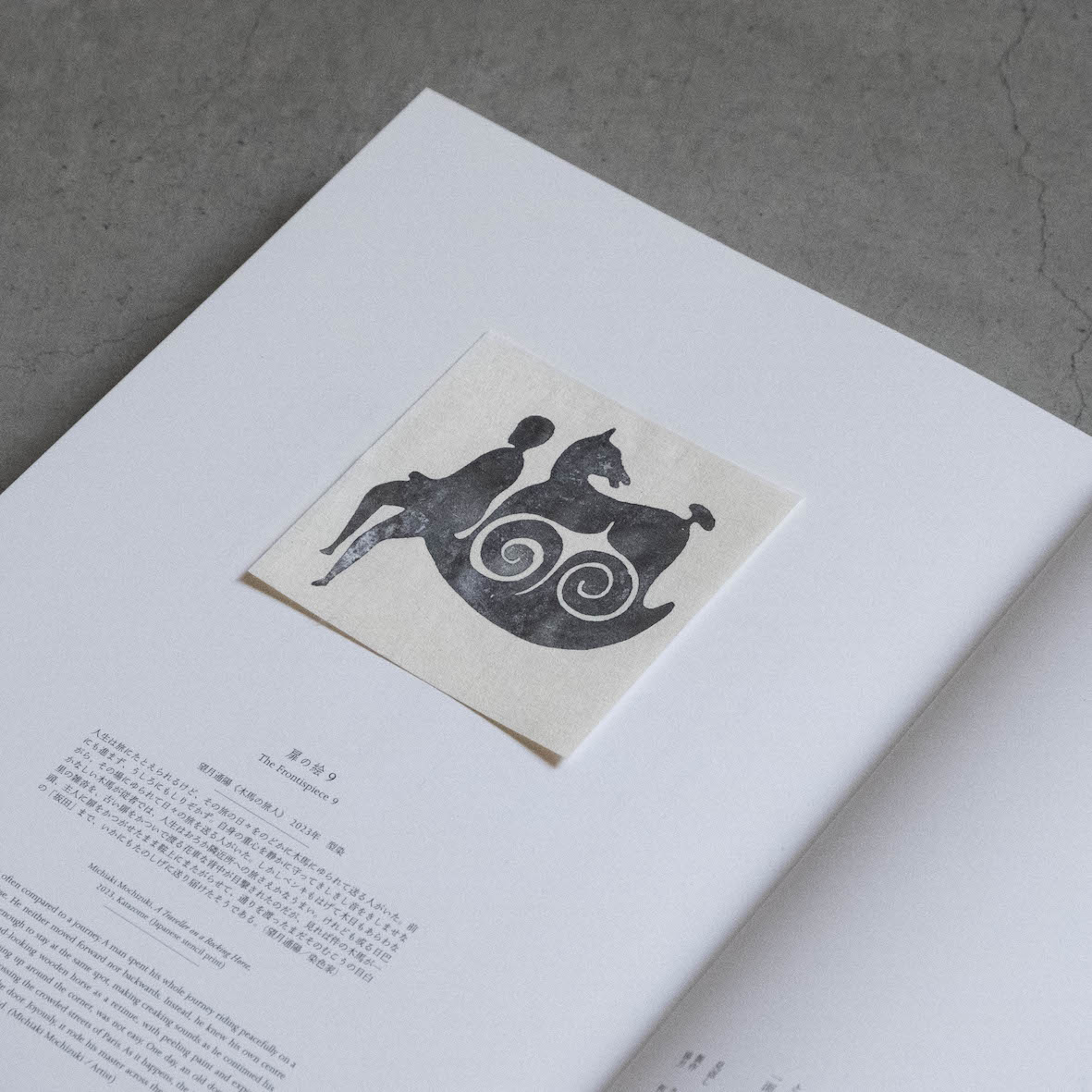
目次 Contents
1|古道具坂田と私−旧友
Antique Shop Sakata and Friends
・坂田さんのばか 望月通陽
・好きなもの、美しいものを選ぶモノサシ 坂田和實
・補記 菅野康晴
・大輪眞之/中村好文/望月通陽
2|古道具坂田と私−客
Antique Shop Sakata and Clients
・坂田さんが連れてきてくれたもの 小池一子
・西洋古道具の美 尾久彰三
・骨董屋さんの主張 青柳恵介
・補記 菅野康晴
・小池一子/尾久彰三/青柳恵介/大久保満男/馬越可津子/佐藤辰美
3|古道具坂田と私−作家
Antique Shop Sakata and Artists
・おいしいお茶 柚木沙弥郎
・日本人の自画像 村上隆
・美の遍在−坂田和實考 杉本博司
・緊張と栄養 奥山晴日
・坂田さんと川瀬さん 片柳草生
・補記 菅野康晴
・柚木沙弥郎/村上隆/井上保美/片柳草生/川瀬敏郎
4|古道具坂田と私−骨董商
Antique Shop Sakata and Antique Dealers
・露の呼鈴 青井義夫
・映画とシャツ 高木孝
・小谷さんと坂田さん 勝見充男
・ソウルの店 安東敬三
・プレシャスなもの 柏原美也子
・坂田さんとパリ 多治見武昭
・種蒔く人 西坂晃一
・青井義夫/高木孝/勝見充男/安東敬三/柏原美也子/多治見武昭
5|古道具坂田と私−評者
Antique Shop Sakata and Critics
・古道具という革命−「骨董誕生」展のこと 矢島新
・坂田和實と柳宗悦 月森俊文
・古道具坂田と生活工芸 土田眞紀
・「美術」の外の美 沢山遼
・九州の人−岩田圭介・美智子、関昌生の話 高木崇雄
・矢島新/月森俊文/土田眞紀/沢山遼/高木崇雄/日置路花
・坂田和實|年譜
・坂田和實|文献目録
連載 Series
・ロベール・クートラスをめぐる断章群13 堀江敏幸
精華抄
小川和紙 若菜晃子
扉の絵 望月通陽
1|古道具坂田と私−旧友
Antique Shop Sakata and Friends
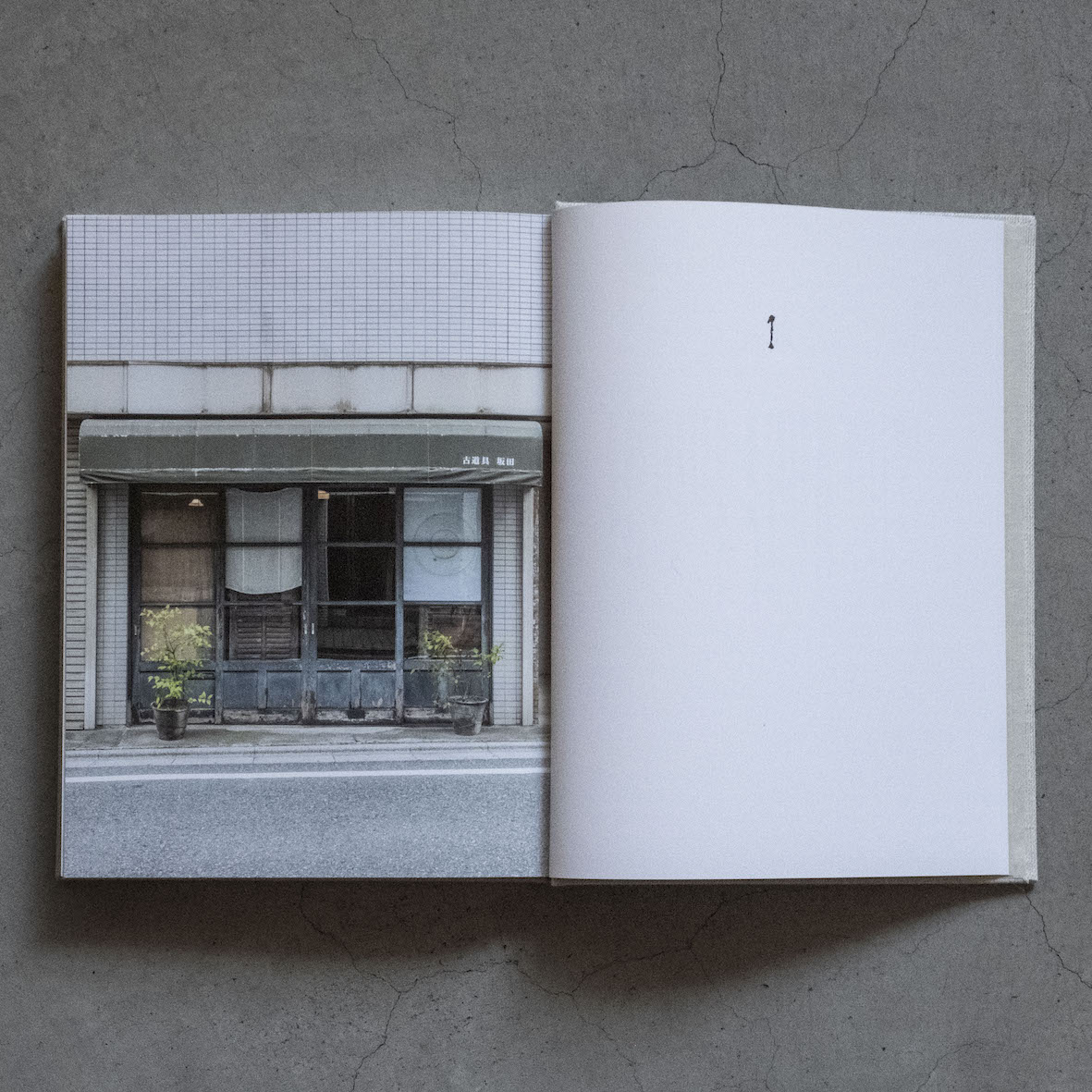
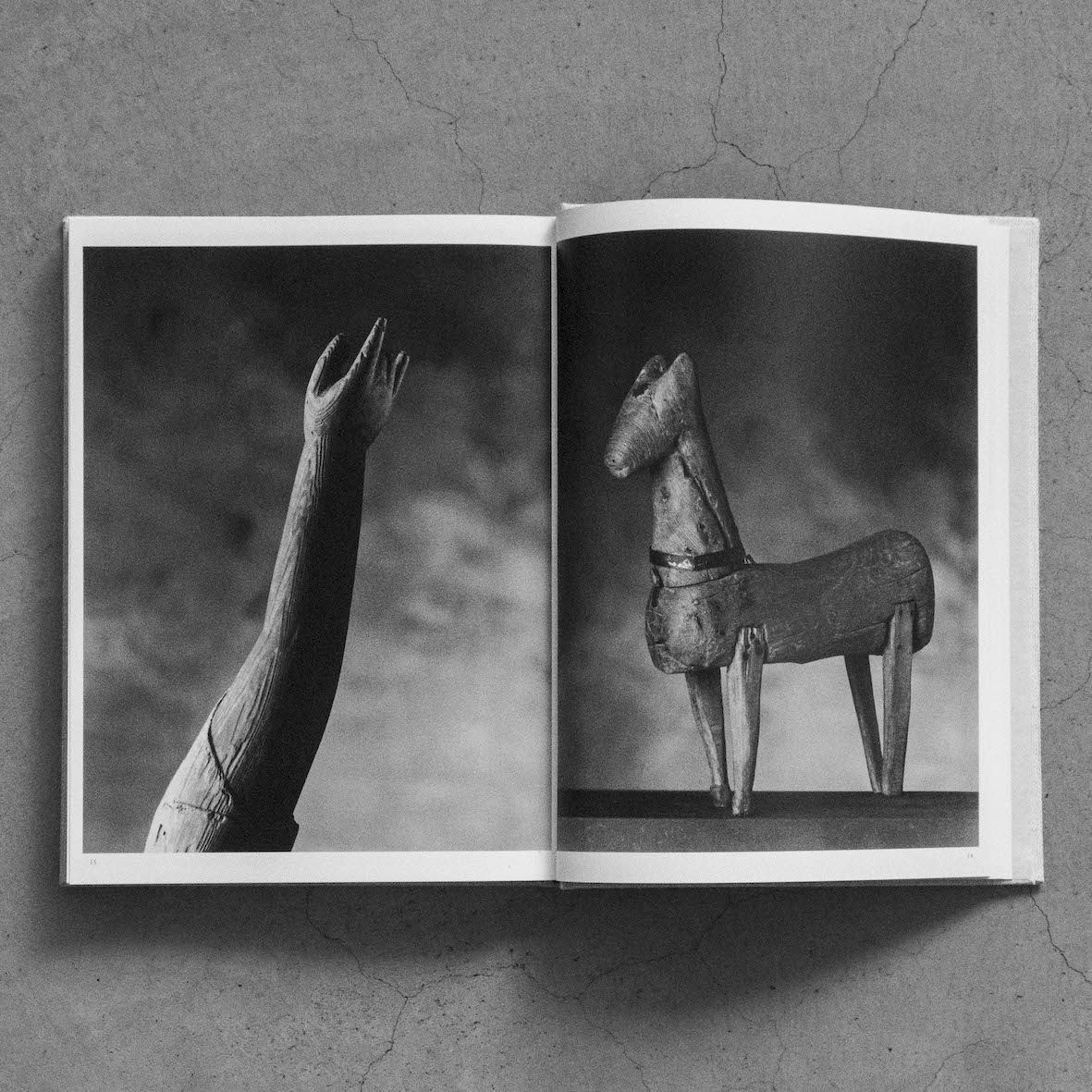
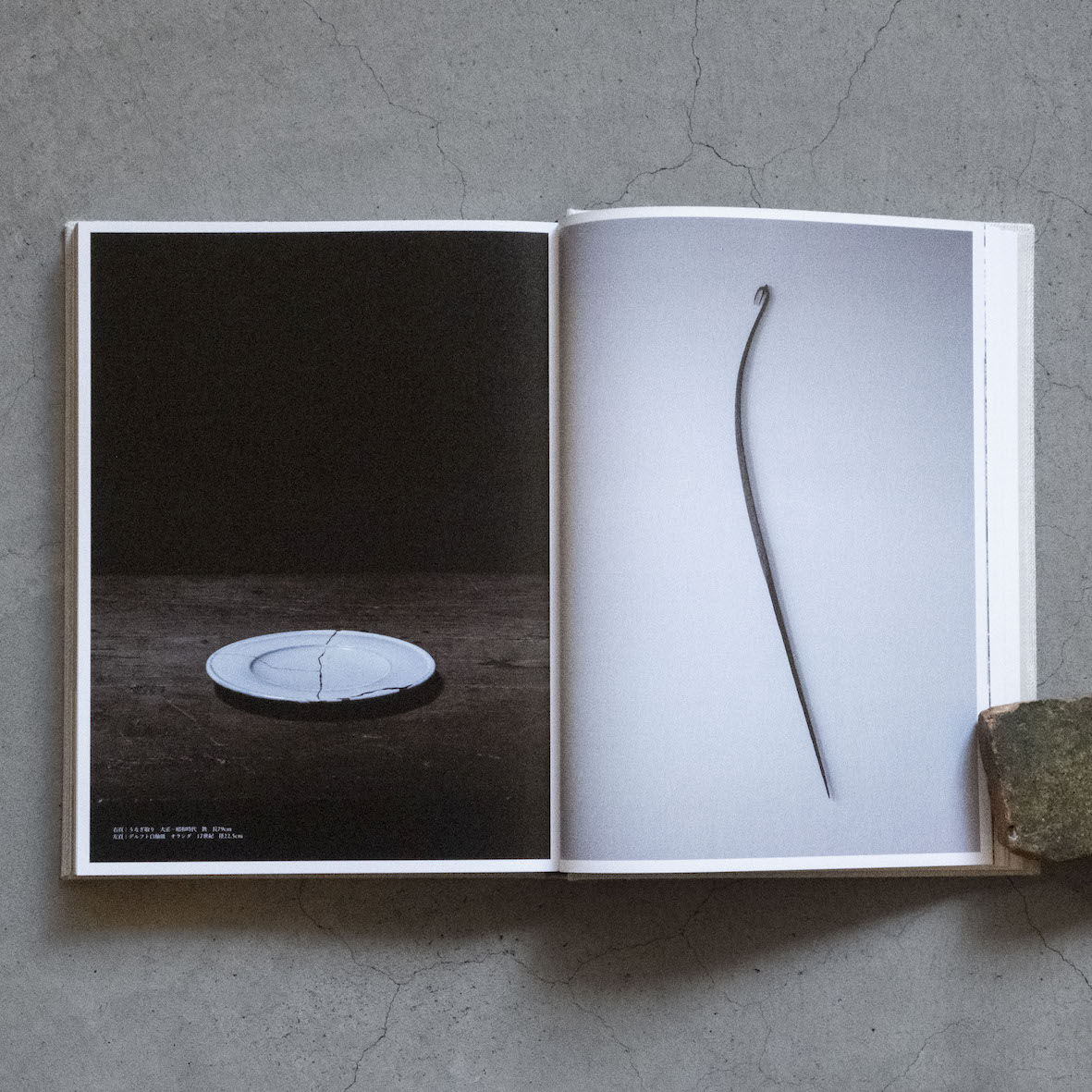
『工芸青花』は毎号数本の特集と、精華抄、連載等の記事で構成しているが、今回の19号は、特集は「古道具坂田」のみとした(それを5章にわけた)。
「古道具坂田」は東京の目白にあった骨董店で、1973年から2020年までつづいた。店主の坂田和實さんは1945年福岡県生れ、昨年2022年11月に目白で歿した。歿後、『工芸青花』の次号(19号)を追悼号とすることに決め、準備と制作をすすめてきた。
坂田さんと私(菅野)のかかわりは『工芸青花』18号「古道具坂田とmuseum as it is」特集で書いたのでくりかえさない。今号のほぼ全篇を坂田さんの追悼にあてたのは、むろん私的な情のみが理由ではない。坂田さんは世界中の古物をあつかう骨董商で、古道具坂田で26回もの企画展をおこなっている。1994年には千葉県長南町に自身のコレクションを展示する美術館「as it is」を設立、開館した(現在も公開)。著書に『ひとりよがりのものさし』(2003年)と『古道具もの語り』(2023年)がある。ともにみずからの眼と思想をつたえる本だ。
2000年代以降の日本の骨董界、工芸界は「古道具坂田の時代」だったといっても過言ではないと思う。その影響は美術、建築、デザイン、ファッション、飲食業界等にもおよぶ。つまり価値観が更新された。むろん坂田さんひとりに起因する変化ではないが、あきらかに、変革の先導者であり、旗印となるような店だった。
この最初の章では、1970年代からの旧友であり、作家としても信頼されていた同志3人を記事にする。写真家の大輪眞之(1941年生れ)、建築家の中村好文(1948年生れ)、染色家の望月通陽(1953年生れ)。大輪さんは坂田さんに依頼されて撮った写真を、中村さんは古道具坂田で買った物を、望月さんも買った物と、歿後に描いた坂田さんの肖像を掲載する。S
Every issue of Kogei Seika consists of several special features, Seikasho, and a series of articles. This special issue No. 19 is dedicated to The Antique Shop Sakata and contains five chapters. The Antique Shop Sakata was in Mejiro, Tokyo, from 1973 to 2020. The owner, Kazumi Sakata, was born in Fukuoka prefecture in 1945 and died in Mejiro in November 2022. Soon after his passing, I decided to make the next issue the memorial one. I diligently prepared for it for a year.
There is no need to repeat myself about the relationship between Sakata and myself. I have already written about it in the Kogei Seika No. 18, which featured the ‘museum as it is.’ Personal feelings are not the main reason for devoting the issue to Sakata’s memorial. Sakata was an antiques dealer who dealt worldwide and held 26 special exhibitions at The Antique Shop Sakata. In 1994, he established the ‘museum as it is’ in Chonan-Machi, Chiba Prefecture, to display his collection (which is still open to the public). He wrote books My Own Yardstick (2003) and The Story of Old Objects (2023). Both books are about his own eyes and thoughts.
It is no exaggeration to say that the Japanese antiques and crafts world from the 2000s onwards was the ‘Age of The Antique Shop Sakata.’ The influence of the period extends to art, architecture, design, fashion, and the food and drink industry. He renewed the sense of value in Japan. Of course, Sakata was not the only one who contributed to the change. Still, the shop was a leader and a flagship.
In Chapter One, I introduce those who have been old friends of Sakata since the 1970s and were also trusted artists. A photographer, Masayuki Owa (b. 1941), an architect, Yoshifumi Nakamura (b. 1948), and a dyeing artist, Michiaki Mochizuki (b. 1953) are the three. I present the photographs by Owa, commissioned by Sakata, and items bought from Sakata by Nakamura and Mochizuki. Portrait of Sakata by Mochizuki, made after his passing, is also impressive. (S)
2|古道具坂田と私−客
Antique Shop Sakata and Clients
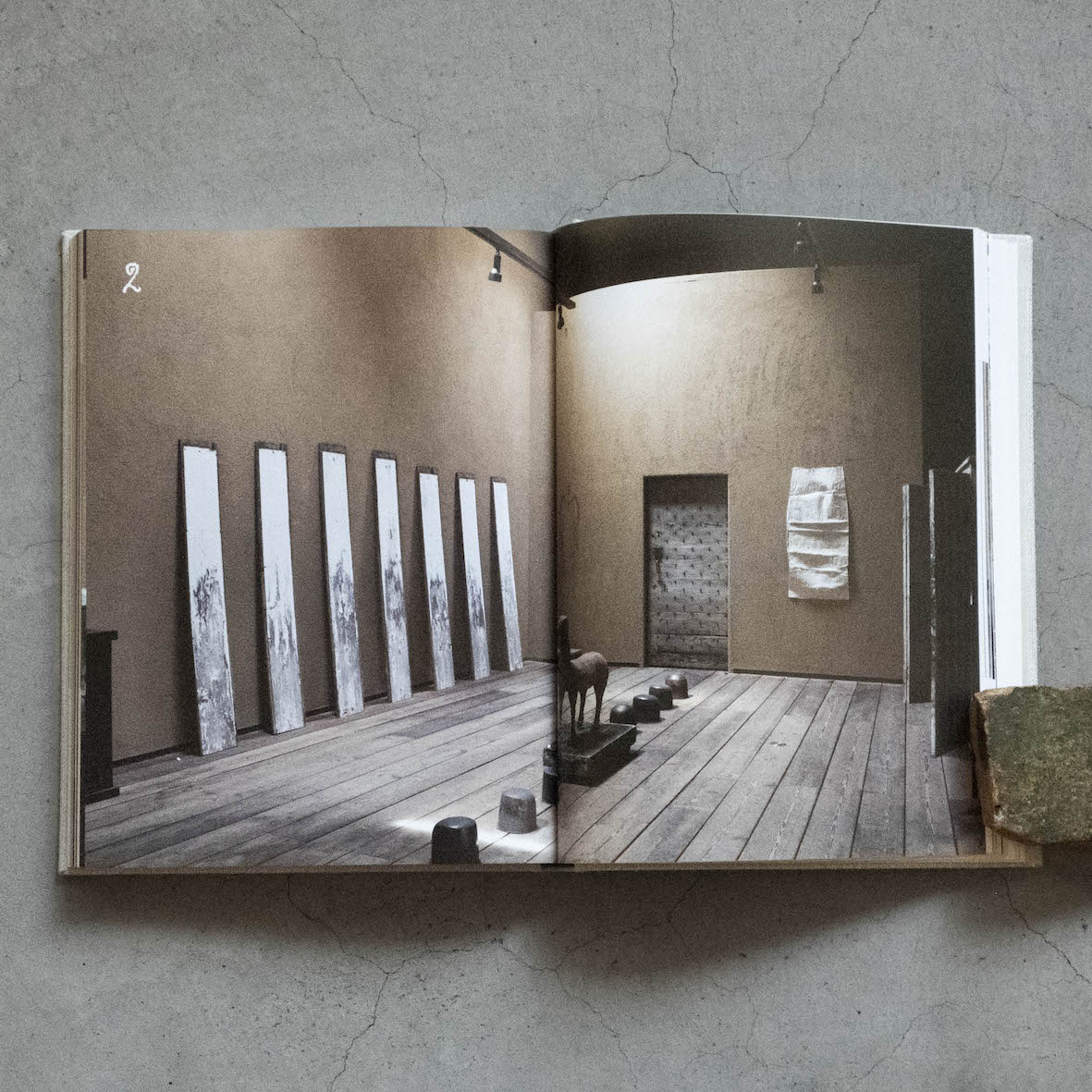
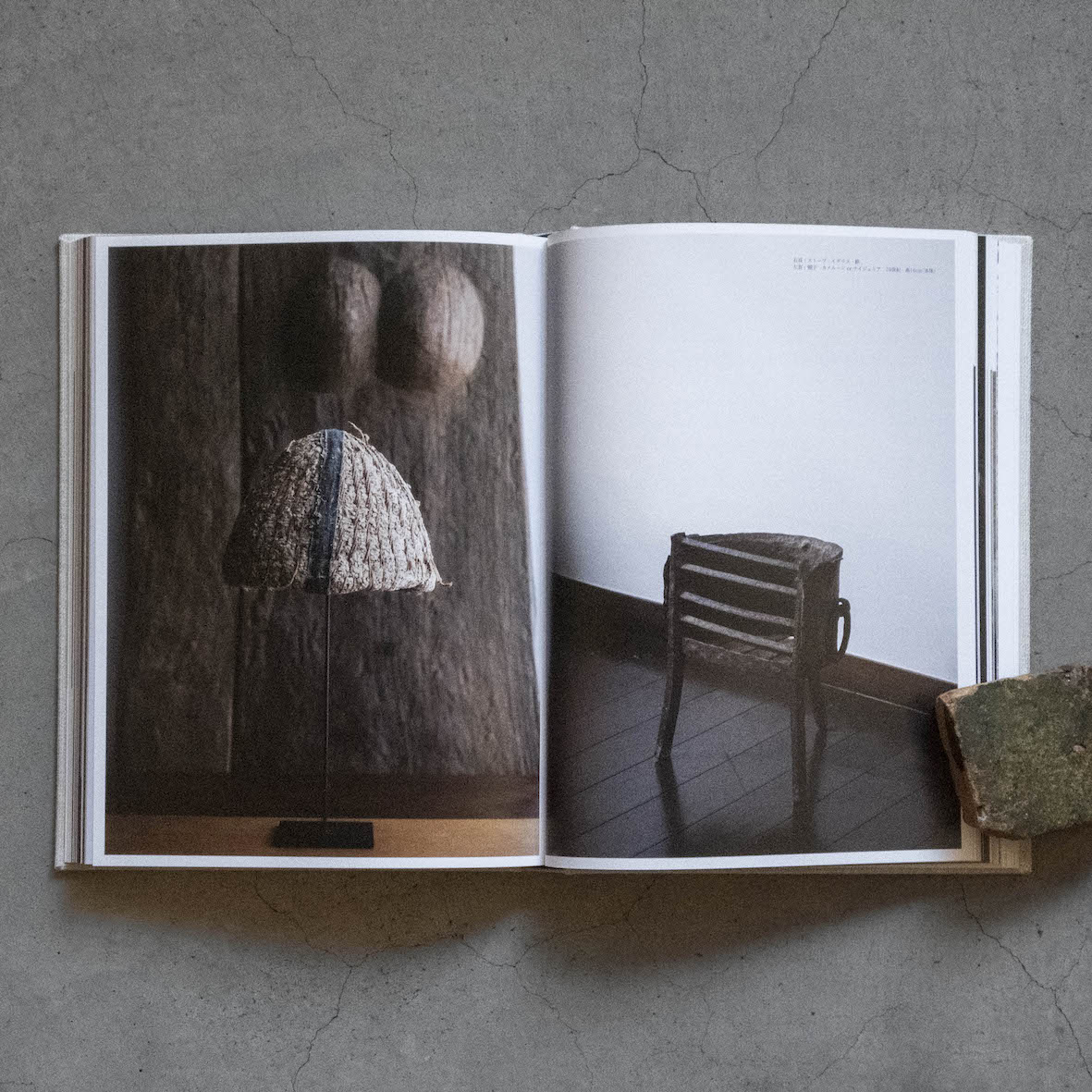
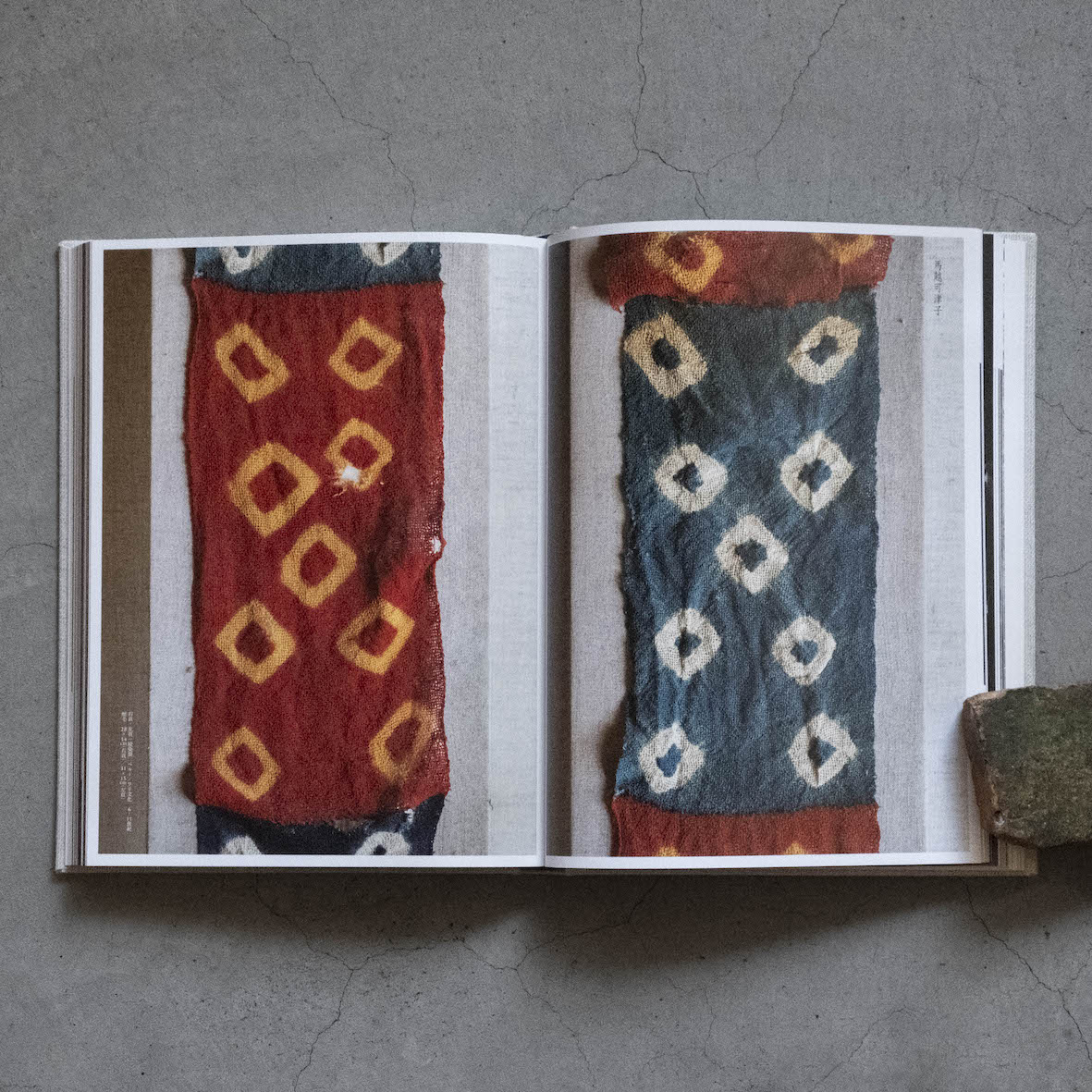
1994年の開館以来、美術館 as it is は半年に1度か年に1度、展示替をおこなってきた。坂田さんがえらんだ30から50点ほどの品物を、坂田さん自身が展示する。そうした常設展は「通常展示」と称された。2006年から10年間ほどは「個人コレクション展」として、坂田さんの知人の建築家やデザイナー、工芸作家、コレクターらが自身の蔵品をみずから展示する企画もつづいた(通常展示と交互におこなわれた)。
私が坂田さんとはじめて会ったのは1997年11月、as it is においてだった。だから、なぜもっとはやくはじめなかったのだろうと悔やまれるが、2011-12年の「通常展示」以降、坂田さんが手がけた展示は毎回、会場と出品作全点を撮影した(2020年まで。8回分)。
以下は坂田さんの言葉。〈「as it is」という美術館を作ったときに、取合せの美を改めて認識しました。あそこに飾る物は、立派だったり、高価だったりする必要はありません。(略)取合せさえうまくゆけば、充分に心地よいし美しい〉[51頁]。2-5章の冒頭は、2011年以降の as it is 「通常展示」を年代順に掲載している。
2章のテーマは、古道具坂田の客たち。クリエイティブ・ディレクターの小池一子(1936年生れ)、古民芸研究家の尾久彰三(1947年生れ)、古美術評論家の青柳恵介(1950年生れ)、そしてコレクター3人──大久保満男(1942年生れ)、馬越可津子(1937年生れ)、佐藤辰美(1953年生れ)に取材した(掲載品はいずれも各自が古道具坂田でもとめたもの)。
坂田さんは、「うちの店の自慢は客」と語っていた(今号の特集に登場するほぼ全員がそうだ)。たしかに、とあらためて思う。S
Since its opening in 1994, the museum as it is has changed exhibitions once or twice a year. The museum exhibits 30 to 50 items Sakata selected. He called such an exhibition a ‘regular exhibition.’ Since 2006, he has also invited others to his museum and called it the ‘Private Collection Exhibition’ in which architects, designers, craft artists, and collectors, the acquaintance of Sakata exhibited items from their collections (held alternately with the regular exhibition).
I met Sakata for the first time in November 1997 at the museum as it is. I would have seen all the exhibitions if I had met him earlier. However, I have photographed the ‘regular exhibitions’ from 2011 until 2020, the display and items. Eight times.
The following are Sakata’s words. ‘While displaying at the museum as it is, I re-realized the beauty of combination. The objects don’t have to be magnificent or expensive. (Omitted) As long as the mix goes well, it is pleasant and beautiful.’ The photographs of the beginnings of chapters two to five are from the regular exhibitions since 2011 in chronological order.
The theme of Chapter Two is the clients of The Antique Shop Sakata. I interviewed the creative director Kazuko Koike (b. 1936), a Folk Art researcher Shinzo Ogyu (b. 1947), an antique art critic Keisuke Aoyagi (b. 1950), and three collectors - Mitsuo Okubo (b. 1942), Kazuko Umagoshi (b. 1937) and Tatsumi Sato (b. 1953). (All items featured in the article are from Sakata’s shop.)
I remember Sakata saying that ‘the pride of my shop is my clients’ (as is the case with almost everyone featured in this issue). By seeing them, I realized what he meant. (S)
3|古道具坂田と私−作家
Antique Shop Sakata and Artists
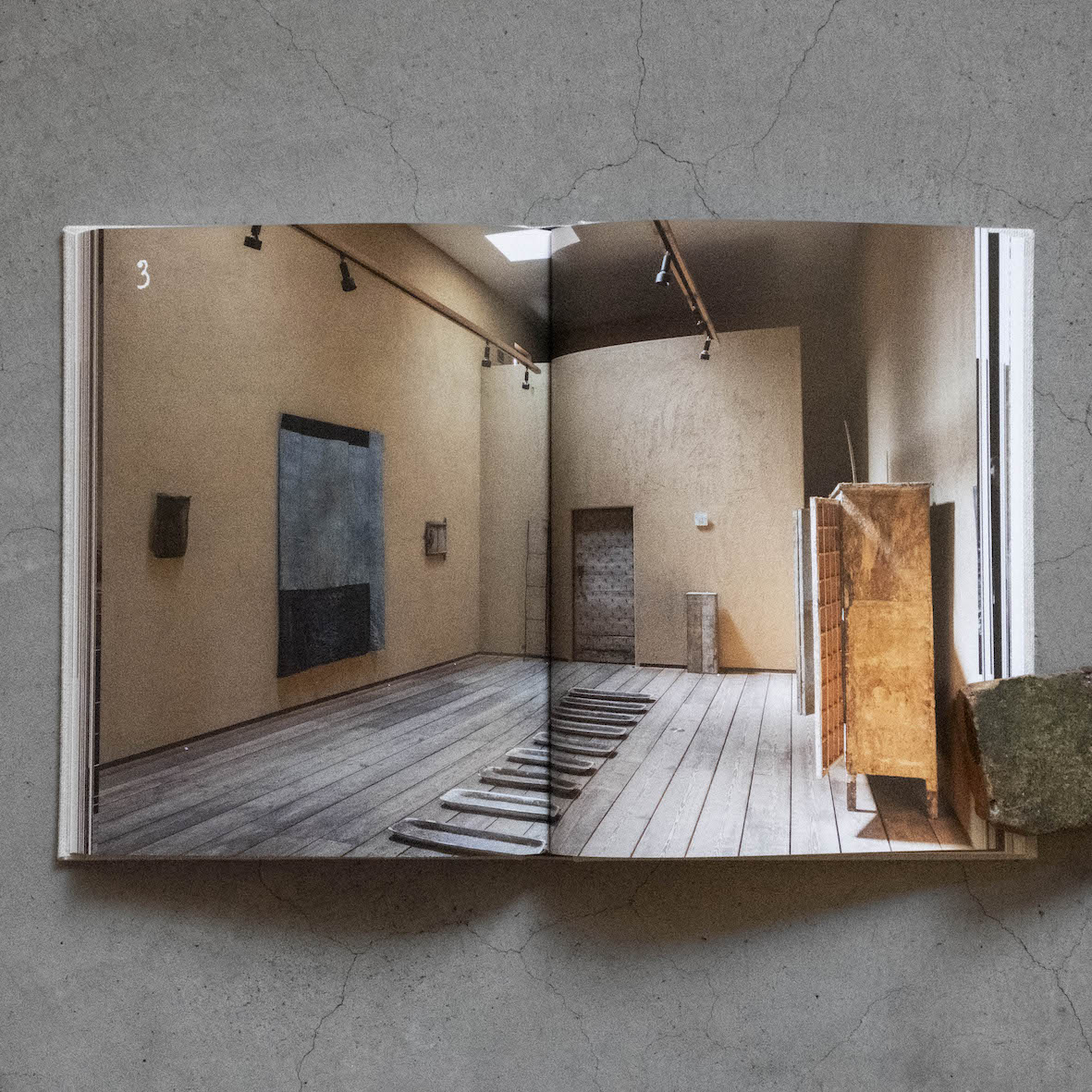
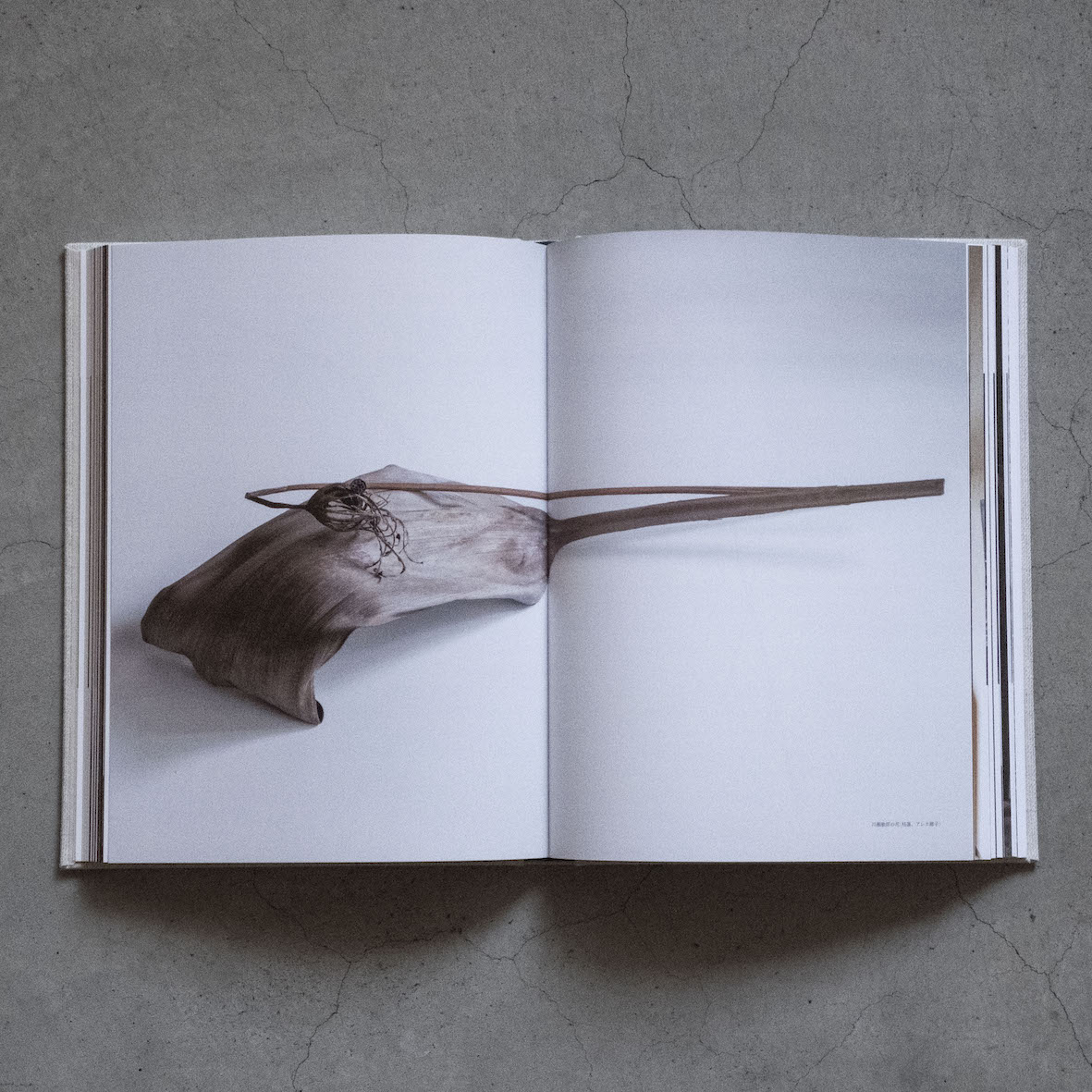
青花をはじめるまえだから、もう10年以上まえのことだが、新潮社のウェブサイトで「気になるDM」という連載をつづけた。週に1度か2週に1度、古道具坂田をたずねて、店にとどくたくさんのDM(個展等の案内葉書)のなかから「気になる」数枚を坂田さんにえらんでもらい、それを店内で撮影し、サイトに掲載する。坂田さんのえらびかたは、知人かどうかとか、ジャンルがどうとかは気にせず、葉書のデザインと作品写真の印象で決めているようだった。
古道具坂田で、美術家、工芸家、デザイナーなど、多くの作り手と知りあった。そういう店だったのだろうし、坂田さんも、私が美術雑誌の編集者だったので、つとめて紹介してくれたのかもしれない。ありがたかった。坂田さんに教えられて知り、取材し、記事にしたことはなんどもある。坂田さんの眼は古物だけでなく、現代の作り手、彼らがつくりだす物にもむけられていた。よく、「いまの作家がつくる物が競争相手」と語っていた。そんなことをいう骨董商には、坂田さん以外会ったことがない。
3章のテーマは現代の作り手たち。染色家の柚木沙弥郎(1922年生れ)、美術家の村上隆(1962年生れ)と杉本博司(1948年生れ)、ファッションデザイナーの井上保美(1954年生れ)、写真家の奥山晴日(1983年生れ)、文筆家の片柳草生、花人の川瀬敏郎(1948年生れ)。追悼の意がこめられた川瀬さんの花のほかは、それぞれが古道具坂田でもとめた物を撮影、掲載した(文章のみの場合もある)。
坂田さんととくにゆかりふかい現代作家といえば、やはり生活工芸派の作家たちだが、両者の関係は別途考えるべきテーマであることから、他日を期したい。S
More than ten years ago, before I started Kogei Seika, I edited the series ‘DMs that interest me’ on the Shinchosha website. Once or twice a week, I visited The Antique Shop Sakata. I asked Sakata to choose a few that caught his interest from the many DMs (postcards announcing exhibitions in galleries) that arrived at the shop. I photographed them in the shop and posted them on the website. Sakata selected them by the design and the quality of photographs, without regard to whether he knew the artist or not or the genre of the work.
I met many at the shop, including artists, crafts artists, and designers. Sakata might have introduced me to them because I was an editor of an art magazine. I was grateful for his information. I often interviewed them and wrote articles about them. Sakata’s eyes were not only on antiques but also on contemporary artists and the things they create. He often said, ‘The things made by contemporary artists are my rivals.’ Except for Sakata, I have never met an antique dealer who would say that.
The theme of Chapter Three is contemporary artists: dyeing artist Samiro Yunoki(b. 1922), artists Takashi Murakami (b. 1962), Hiroshi Sugimoto (b. 1948), fashion designer Yasumi Inoue (b. 1954), writer Kusafu Katayanagi, photographer Haruhi Okuyama (b. 1983), and Ikebana artist Toshiro Kawase (b. 1948). Apart from Kawase’s flowers arranged for the memorial, all items are The ones they bought at the Antique Shop Sakata.
The contemporary artists remarkably close to Sakata are those of Seikatsu Kogei (meaning crafts for daily life) School. They are so close that I want to feature them separately in the future.
4|古道具坂田と私−骨董商
Antique Shop Sakata and Antique Dealers
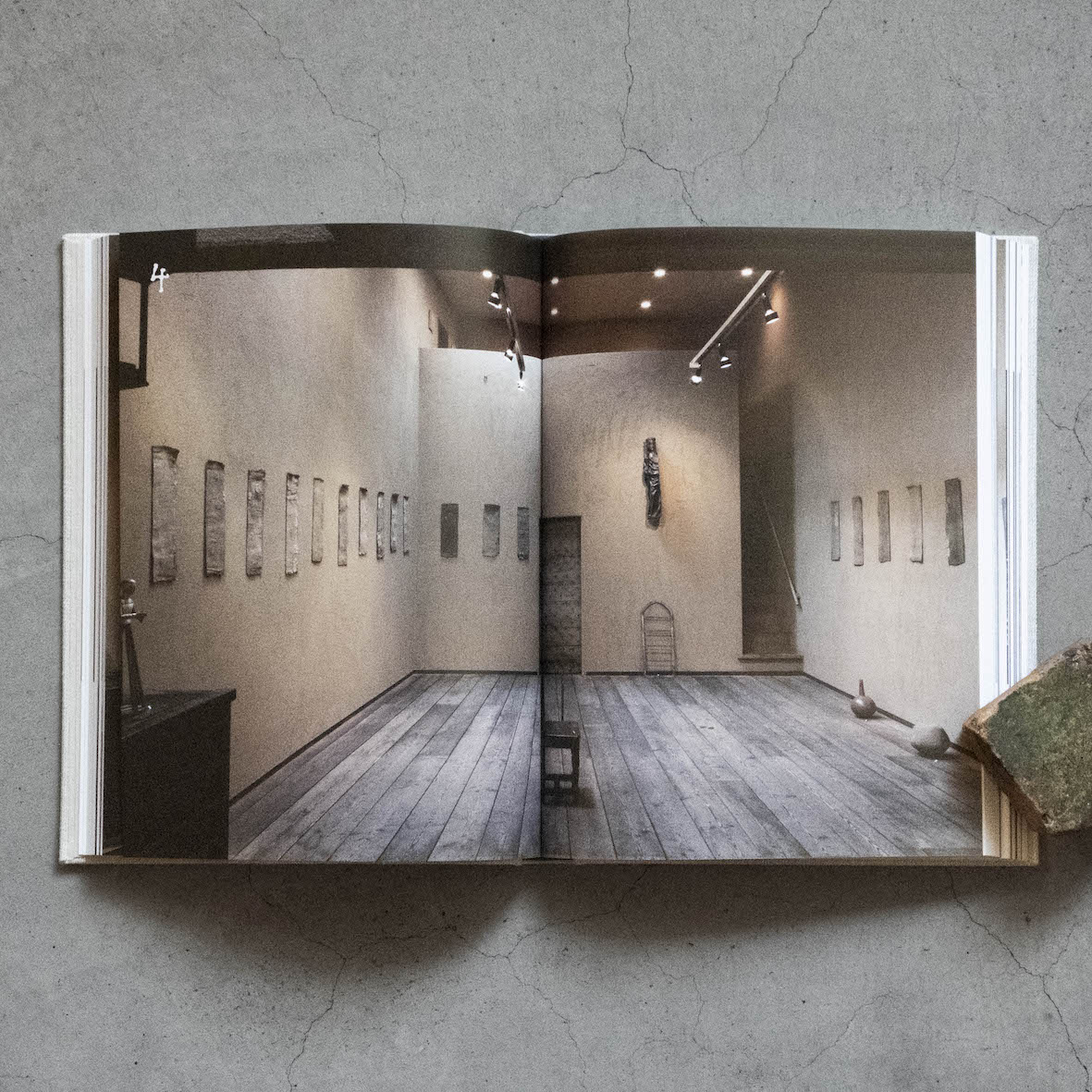
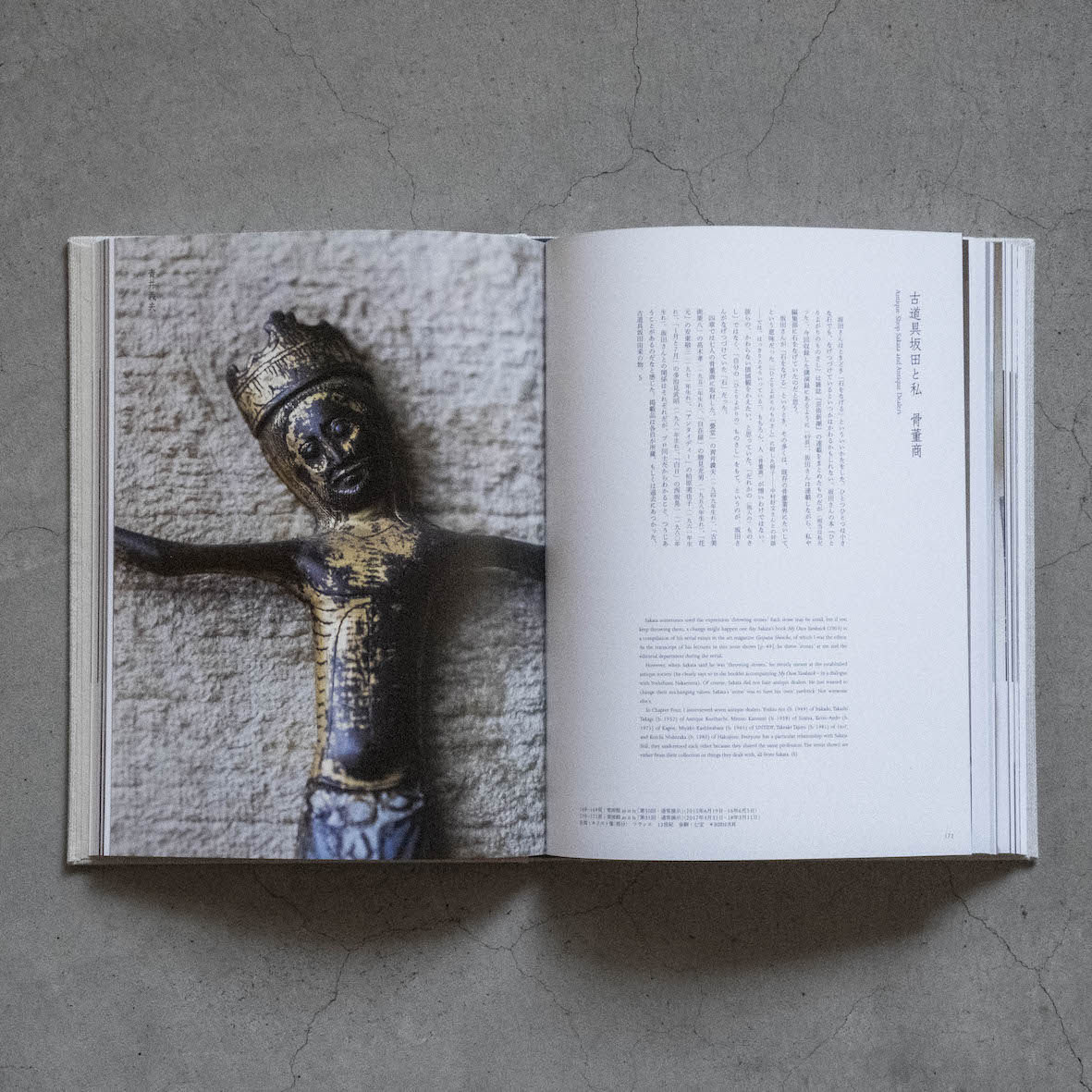
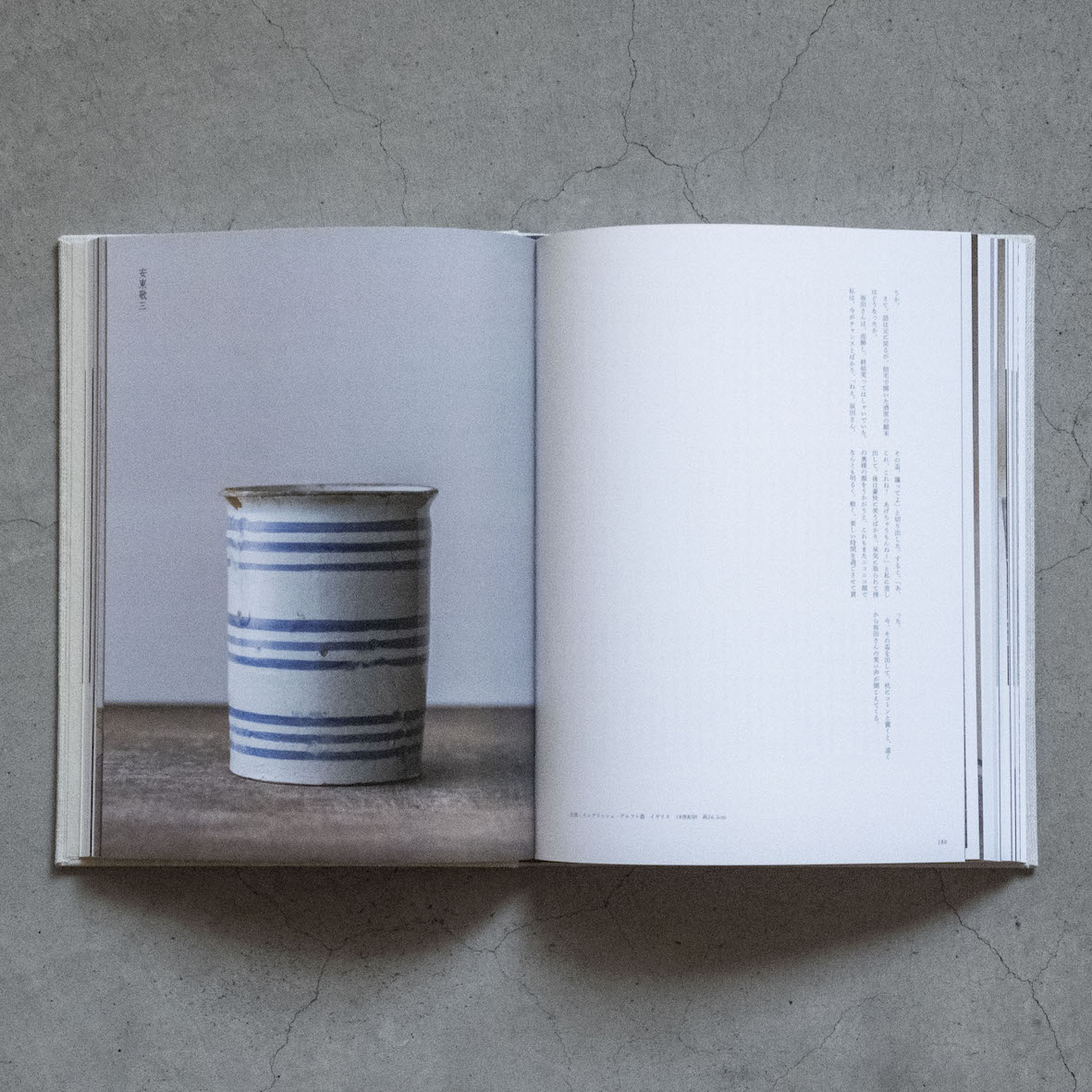
坂田さんはときどき「石をなげる」といういいかたをした。ひとつひとつは小さな石でも、なげつづけているといつかはかわるかもしれない。坂田さんの本『ひとりよがりのものさし』は雑誌『芸術新潮』の連載をまとめたものだが(担当は私だった)、今回収録した講演録にあるように[49頁]、坂田さんは連載しながら、私や編集部に石をなげていたのだと思う。
坂田さんが「石をなげる」というとき、その多くは、既存の骨董業界にたいして、という意味だった(『ひとりよがりのものさし』に附した冊子──中村好文さんとの対談──では、はっきりとそういっている)。もちろん、人(骨董商)が憎いわけではない。彼らの、かわらない価値観をかえたい、と思っていた。「だれかの(他人の)ものさし」ではなく、「自分の(ひとりよがりの)ものさし」をもて、というのが、坂田さんがなげつづけていた「石」だった。
4章では7人の骨董商に取材した。「甍堂」の青井義夫(1949年生れ)、「古美術栗八」の高木孝(1952年生れ)、「自在屋」の勝見充男(1958年生れ)、「花元」の安東敬三(1971年生れ)、「アンタイディー」の柏原美也子(1961年生れ)、「1月と7月」の多治見武昭(1981年生れ)、「白日」の西坂晃一(1980年生れ)。坂田さんとの関係はそれぞれだが、プロ同士だからわかること、つうじあうことがあるのだなと感じた。掲載品は各自が所蔵、もしくは過去にあつかった、古道具坂田由来の物。S
Sakata sometimes used the expression ‘throwing stones.’ Each stone may be small, but if you keep throwing them, a change might happen one day. Sakata’s book My Own Yardstick (2003) is a compilation of his serial essays in the art magazine Geijutsu Shincho, of which I was the editor. As the transcript of his lectures in this issue shows [p. 49], he threw ‘stones’ at me and the editorial department during the serial.
However, when Sakata said he was ‘throwing stones,’ he mostly meant at the established antique society (he clearly says so in the booklet accompanying My Own Yardstick – in a dialogue with Yoshifumi Nakamura). Of course, Sakata did not hate antique dealers. He just wanted to change their unchanging values. Sakata’s ‘stone’ was to have his ‘own’ yardstick. Not ‘someone else’s.
In Chapter Four, I interviewed seven antique dealers. Yoshio Aoi (b. 1949) of Irakado, Takashi Takagi (b. 1952) of Antique Kurihachi, Mitsuo Katsumi (b. 1958) of Jizaiya, Keizo Ando (b. 1971) of Kagen, Miyako Kashiwabara (b. 1961) of UNTIDY, Takeaki Tajimi (b. 1981) of 1to7, and Koichi Nishizaka (b. 1980) of Hakujitsu. Everyone has a particular relationship with Sakata. Still, they understood each other because they shared the same profession. The items shown are either from their collection or things they dealt with, all from Sakata. (S)
5|古道具坂田と私−評者
Antique Shop Sakata and Critics
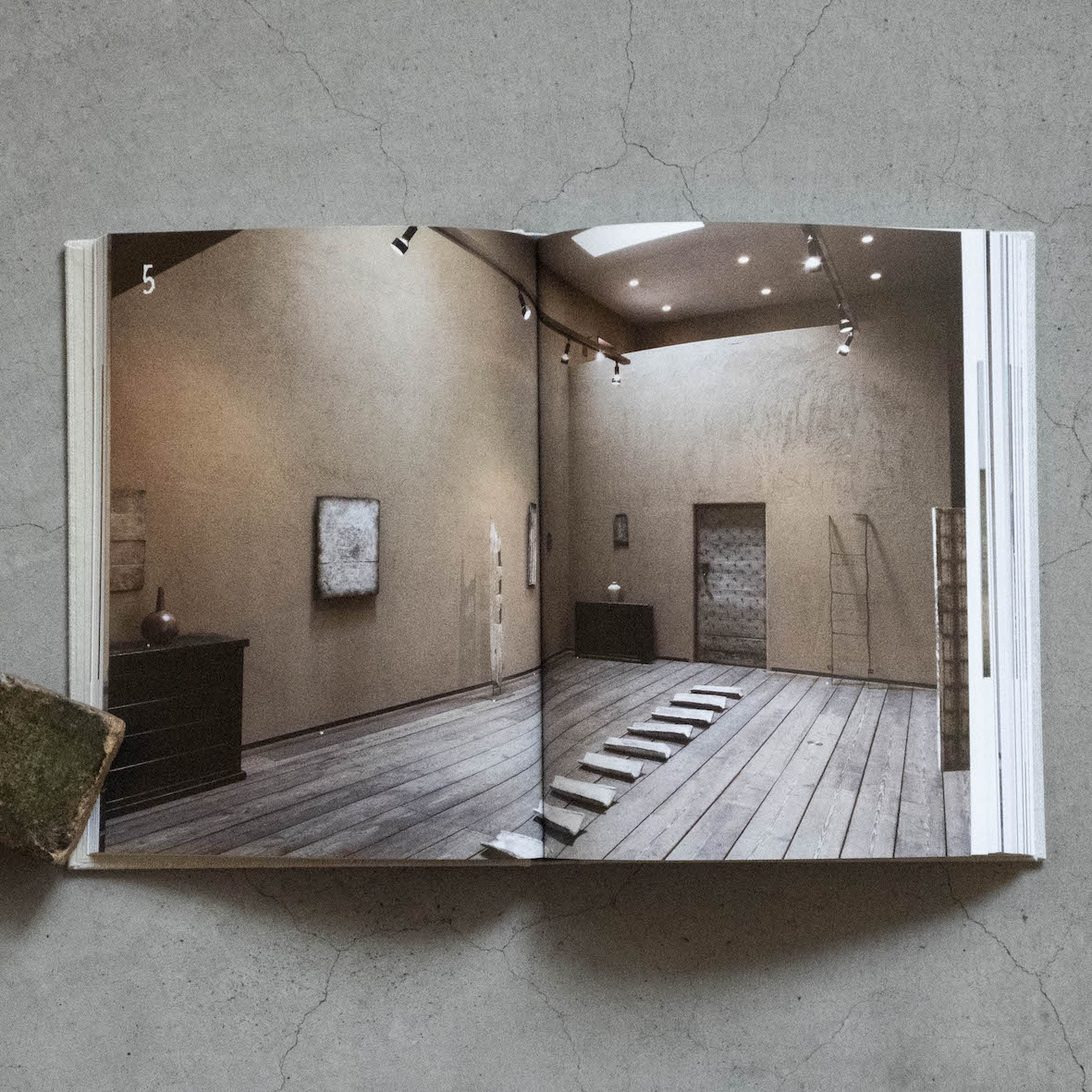
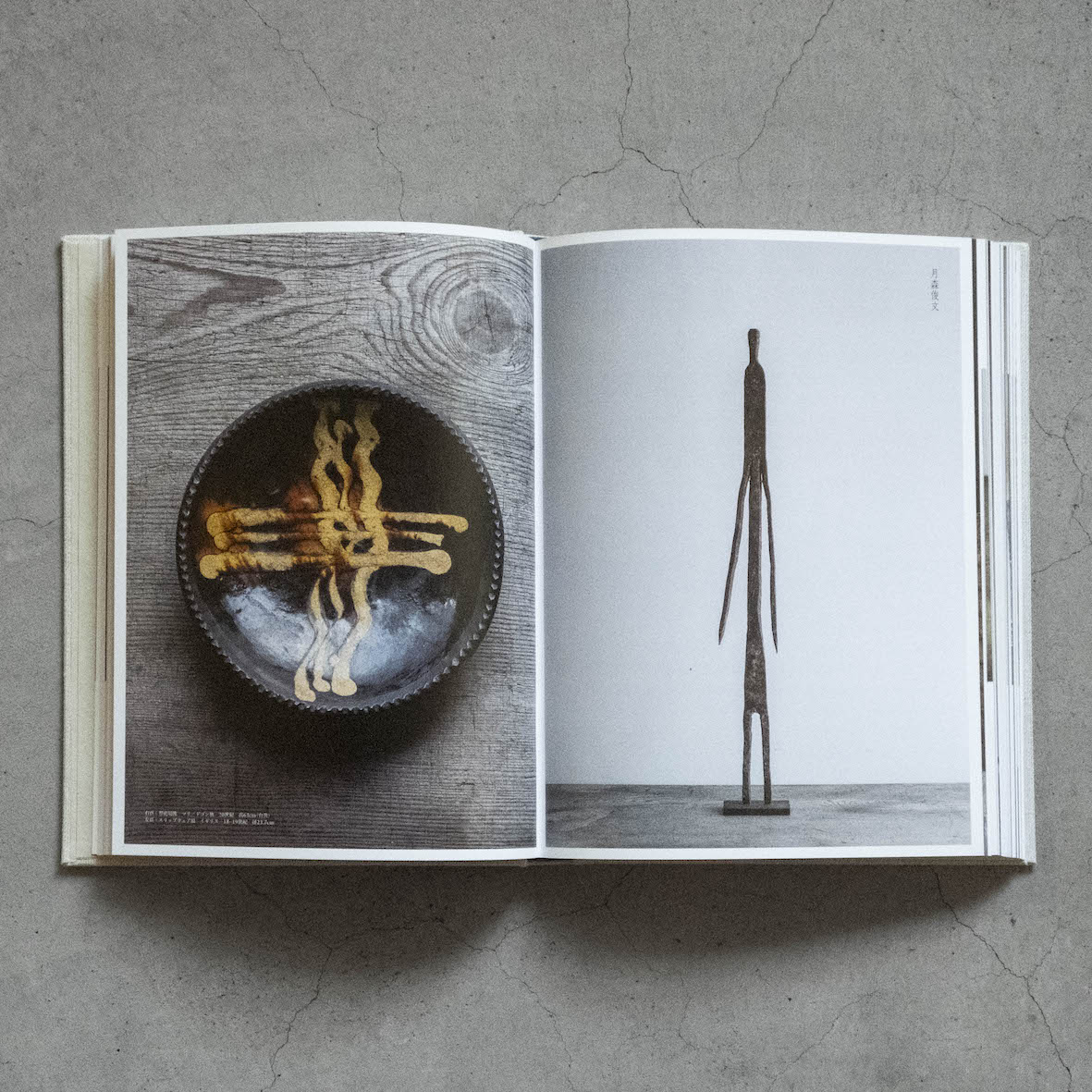
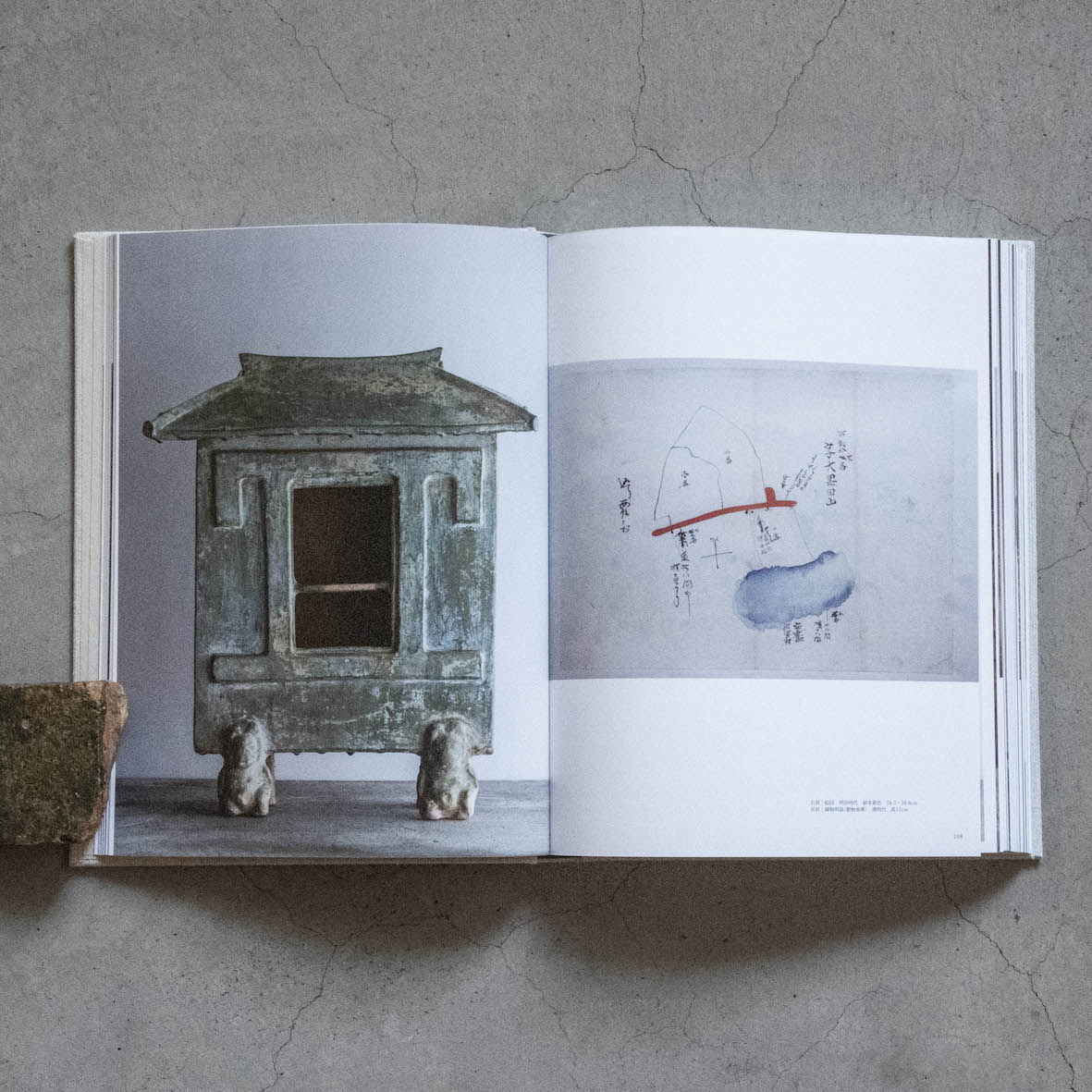
坂田さんは文章やインタビュウなどで、評論家や研究者にたいする不信を語っている。彼らはこわくない、というのだが、その意味は、自分の眼でえらんでいない(既存の価値観に依拠している)ということだった。そこで、批評、研究とはそういうもの(「ひとりよがり」は通用しない)というと、話が終ってしまうので、それならば、逆に、坂田さんの「ものさし」はほんとうに「ひとりよがり」だったのか──を考える章をつくることにした。
テーマは順に、「骨董」「柳宗悦」「工芸」「美術」「九州」と古道具坂田。筆者は美術史家の矢島新(1960年生れ)、日本民藝館職員の月森俊文(1960年生れ)、美術史家の土田眞紀(1960年生れ)、美術批評家の沢山遼(1982年生れ)、工芸史家の高木崇雄(1974年生れ)。掲載品は各テーマとはかかわりなく、筆者各自が古道具坂田でもとめた物。じつはほかにも「茶の湯」「文章」「欧州」「サブカルチャー」といったテーマを準備していたが、今号にはまにあわなかった。
1章のリードでも書いたように、坂田さんは業界をかえ、時代をかえた。50年近く、なげつづけた「石」の成果だった。石をなげる話をするとき、とくに近年の坂田さんは、つぎは自分がなげられる番、と語っていた。あの、すてきな笑顔で。S
Sakata has expressed his distrust of critics and researchers in his essays and interviews. He said that they are nothing to be afraid of. He meant they did not see with their own eyes (relying on existing values). However, the criticism and academic research are to re-evaluate something within the established value in the first place. So, I created a chapter to consider whether Sakata’s ‘Yardstick’ was his own.
The themes are ‘antiques’, ‘Muneyoshi Yanagi’, ‘crafts’, ‘Art’, ‘Kyushu’ and the Antique S hop Sakata, respectively. The authors are art historian Arata Yajima (b. 1960), The Japan Folk Crafts Museum employee Toshifumi Tsukimori (b. 1960), art historian Maki Tsuchida (b. 1960), art critic Ryo Sawayama (b. 1982), and craft historian Takao Takaki (b. 1974). The items photographed are unrelated to themes but are from the collection of the authors bought in the Antique Shops Sakata. Though it did not make for this issue, other articles such as ‘Japanese Tea Ceremony’, ‘Writings, ‘Europe,’ and ‘Subcultures’ are due.
As I wrote in Chapter One, Sakata has made changes. It was the result of nearly fifty years of ‘throwing stones.’ In recent years, Sakata used to say that it was my turn to be the target of the ‘stones.’ With that charming smile. (S)

